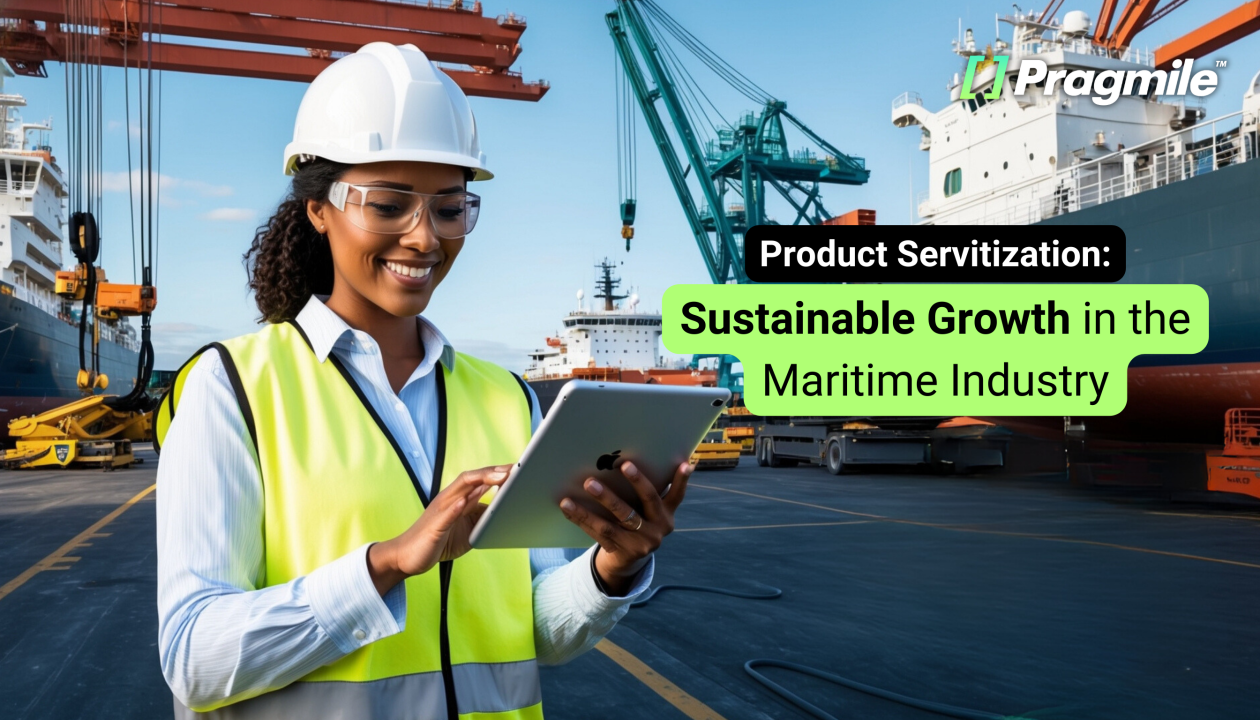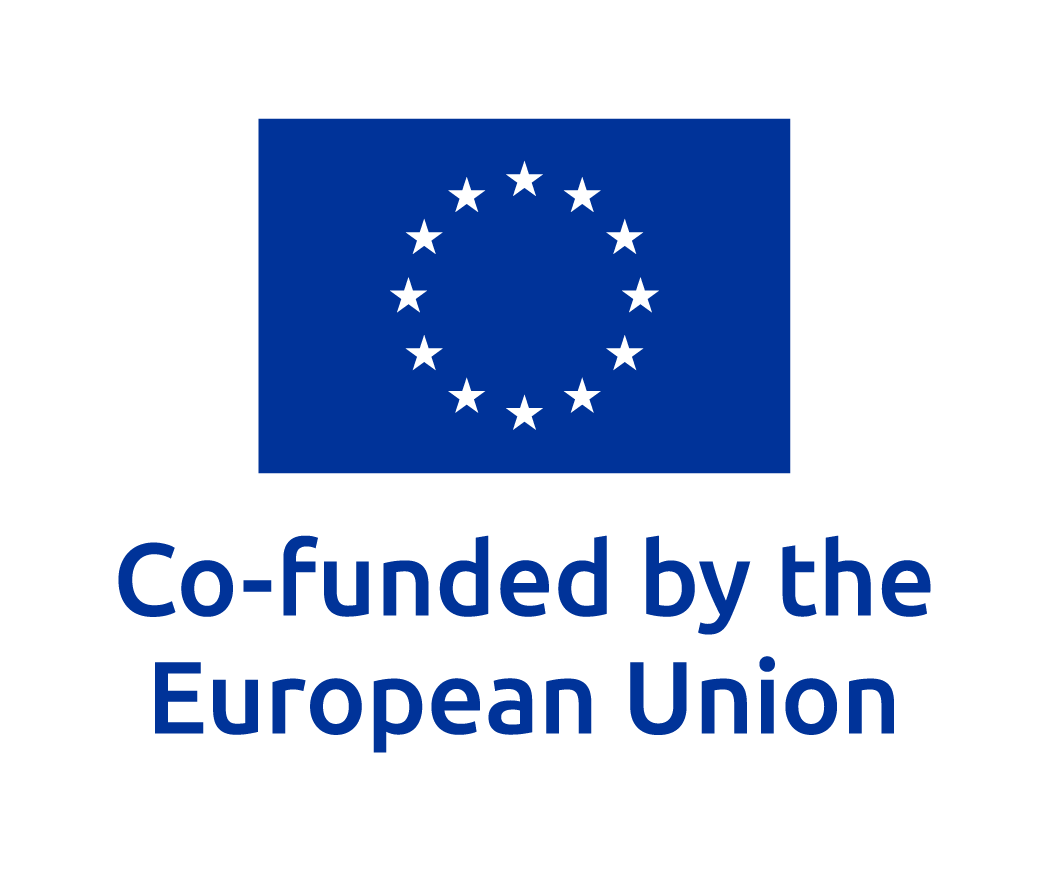
Date published: July 3, 2024
Is Servitization the Route to Sustainable Growth in the Maritime Industry?
If you’ve ever been captivated by the maritime industry’s colossal scale and intricate operations, you’d understand the relentless pursuit of efficiency that defines it. Yet, beneath its formidable exterior lies a sector grappling with cyclical demands and the quest for sustainable growth. Enter servitization—a transformative strategy expected to revolutionize this traditional industry. Leading the charge are innovative companies leveraging digital twin technologies, performance monitoring, and AI-powered diagnostics to pioneer a new era of integrated service solutions.
What is Servitization?
Let’s start by unpacking servitization. It’s the strategic shift from selling standalone products to offering comprehensive product-service systems. Think of how your mobile network bundles a phone with a service plan, or how an HVAC (heating, ventilation, and air conditioning) contractor offers maintenance agreements. It’s a model that’s already reshaping industries. Rolls Royce’s “Power by the Hour” offers jet engine maintenance based on usage, while Microsoft’s Office 365 provides software as a subscription service, ensuring continuous updates and support.
Servitization in the Maritime Industry
So, how does this apply to the maritime industry? In the maritime sector, servitization is a relatively new but rapidly growing concept. Instead of just selling ships or equipment, companies can offer packages that include maintenance, repairs, and performance monitoring. This shift promises enhanced reliability, efficiency, and new streams of revenue.
Opportunities for Servitization in Maritime
Data and Connectivity: The maritime industry is increasingly embracing IoT and cloud technologies. Real-time data from ships enables remote monitoring and immediate adjustments, transforming operations from reactive to proactive.
Predictive Maintenance: AI and machine learning are game-changers. They enable predictive maintenance by anticipating failures before they happen, scheduling repairs proactively, and minimizing downtime.
Integrated Solutions: Comprehensive service packages can include everything from routine maintenance to emergency repairs, managed through centralized platforms. This holistic approach ensures seamless operations and maximizes vessel uptime.
Steps to Implement Servitization
Design for Servitization: Although retrofitting is possible, ideally products and services must be integrated from the start. Ships and equipment should be designed with built-in sensors and connectivity features, ready to be part of a larger service ecosystem.
Automate Processes: Automation through IoT and AI technologies streamlines service delivery, enhancing efficiency and reducing human error.
Remote Management: Cloud solutions and AI facilitate real-time adjustments and fleet-wide optimizations, ensuring peak performance at all times.
Challenges to Overcome
Adopting servitization in the maritime industry isn’t without challenges. Robust global communication networks are essential, and training crews in new technologies is crucial. Ensuring system compatibility across platforms (interoperability) can also be a significant hurdle.
The Role of Technology
AI and Predictive Analytics: Leveraging AI for predictive maintenance and operational optimization is a game-changer. Imagine a system that not only predicts when a part will fail but also suggests the optimal time and method for repair.
IoT and Connectivity: Connected devices and real-time insights are revolutionizing operations. Ships can now be monitored and managed from anywhere, ensuring peak performance at all times.
AR and VR for Training: Augmented and virtual reality can transform training and maintenance. Crews can simulate complex procedures in a safe, virtual environment before performing them on actual equipment.
Case Study: Solar Spy’s Success
Take Pragmile’s collaboration with SOLAR SPY in the renewable energy sector. We developed a digital twin model for photovoltaic (PV) sites, enhancing operational efficiency and predictive maintenance. This model mirrors real-time system components, providing accurate energy forecasting and proactive maintenance recommendations.
For instance, Solar Spy’s clients faced challenges with manual monitoring and site performance uncertainty. Pragmile’s digital twin solution transformed this approach, automating monitoring processes and improving energy production predictions. This led to significant time and cost savings, showcasing the potential of advanced technology in driving servitization complementing physical products.
Conclusion
With over a decade of experience in creating custom IoT integrations and building performance monitoring and diagnostics platforms as SaaS solutions, Pragmile is ready to support the servitization revolution in the maritime industry. To explore how our expertise can drive sustainable growth and efficiency for your operations, connect with Marcin Jabłonowski, Pragmile’s Managing Director and AI Solutions Architect. Discover the future of integrated service solutions today.
Schedule a free consultation with
our AI and technology experts
Take advantage of the latest AI solutions, tailored to your company's needs. Book a consultation with AI solution architects at Pragmile and discover new opportunities in energy management.
Please, provide your business email to schedule a meeting

